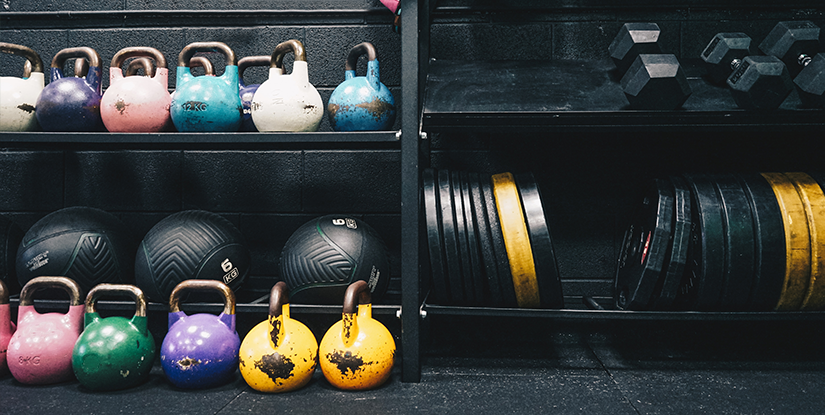Fitness Equipment Guide: Choose, Use, Maintain

Overview of Fitness Equipment
Fitness equipment encompasses a broad range of machines, tools and accessories designed to improve physical performance, support rehabilitation and enhance general health. Selecting the right equipment requires alignment with user goals, available space and budget. Whether outfitting a commercial gym or a compact home studio, understanding categories, functionality and safety ensures effective and sustainable training outcomes.
Key Benefits
- Targeted training: Equipment allows precise loading and movement specificity for strength, power, endurance and mobility.
- Consistency and progression: Machines and free weights facilitate incremental load increases and measurable progress.
- Safety and accessibility: Properly designed equipment reduces injury risk and enables users across experience levels to train effectively.
Primary Categories
- Cardiovascular Machines — Treadmills, stationary bikes, rowing machines, ellipticals and stair climbers for aerobic conditioning and caloric expenditure.
- Strength Equipment — Free weights (dumbbells, barbells, kettlebells), resistance machines, squat racks and cable systems for hypertrophy, strength and functional capacity.
- Functional and Mobility Tools — TRX systems, medicine balls, plyometric boxes and resistance bands for movement quality, stability and athletic transfer.
- Recovery and Rehabilitation — Foam rollers, massage guns and stretching devices to support recovery protocols and soft tissue maintenance.
- Accessories — Mats, benches, grips and flooring to enhance comfort, technique and equipment longevity.
How to Choose the Right Equipment
Make objective decisions based on goals, space, budget and user demographics:
- Define goals: Prioritize strength foundations, cardiovascular fitness or mobility when selecting equipment.
- Assess space: Measure floor area and ceiling height to determine suitable machines and clearances.
- Budget allocation: Invest first in versatile, high-use items (adjustable dumbbells, rack, bench) before specialty machines.
- User profile: Consider the age, experience and physical limitations of intended users to select appropriate resistance ranges and safety features.
- Durability and warranty: Opt for commercial-grade components if usage frequency is high; check warranties for structural and mechanical parts.
Maintenance and Safety
Regular maintenance preserves function and reduces downtime. Create a simple maintenance plan:
- Inspect moving parts weekly for wear and lubrication needs.
- Clean upholstery and contact points after use to prevent degradation.
- Tighten fasteners monthly and replace worn cables, belts or grips promptly.
- Follow manufacturer guidelines for electrical components and calibration of electronic consoles.
Safety practices are equally essential: use spotters for heavy lifts, ensure proper footwear and maintain unobstructed movement zones. Provide clear signage for machine usage and weight limits in multi-user environments.
Programming with Equipment
Effective programming leverages equipment to create balanced training blocks:
- Strength blocks: Emphasize compound lifts using barbells and racks, supplemented by machines to isolate weak links.
- Hypertrophy sessions: Use moderate loads and higher volume with dumbbells, cables and machines to target muscle groups.
- Endurance and conditioning: Integrate intervals on cardio machines and metabolic circuits with minimal rest.
- Mobility and recovery: Schedule dedicated sessions with bands, foam rollers and mobility tools to maintain joint health.
Cost-Effective Recommendations
For budgets constrained by space or capital, prioritize multipurpose items: an adjustable bench, a power rack with a barbell and plates, a set of adjustable dumbbells and resistance bands. A compact cardio option like a foldable treadmill or air bike offers high utility without requiring commercial space.
Environmental and Ergonomic Considerations
Choose equipment with ergonomic handles, adjustable settings and user-friendly consoles. For commercial facilities, consider energy-efficient machines and recyclable materials to reduce long-term environmental impact.
FAQs
1. What basic equipment is essential for a home gym?
Adjustable dumbbells, a bench, a barbell with plates or a kettlebell, resistance bands and a durable mat cover most needs.
2. How much space do I need for a compact home gym?
Allocate at least 6 x 8 feet for a functional setup; more space is required for larger machines like treadmills.
3. Are machines better than free weights?
They serve different purposes: machines offer stability and isolation; free weights improve functional strength and neuromuscular coordination.
4. How often should equipment be maintained?
Inspect weekly for visible issues, perform minor maintenance monthly, and follow manufacturer service intervals for major checks.
5. Is second-hand equipment a good option?
Quality used equipment can be cost-effective; inspect for structural integrity, rust, worn cables and available parts/warranty.
6. What safety gear is recommended?
Use collars for barbells, lifting belts for maximal lifts, and ensure proper footwear and clear space when training.
7. How do I choose between treadmill and rowing machine?
Choose treadmill for running-specific training and higher impact cardio; rowers offer full-body lower-impact conditioning.
8. Can resistance bands replace weights?
Bands are versatile and portable but limited for maximal strength progression; ideal as complements to free weights.
9. How do I maximize equipment lifespan?
Follow maintenance schedules, keep equipment clean and avoid overloading beyond manufacturer specifications.

